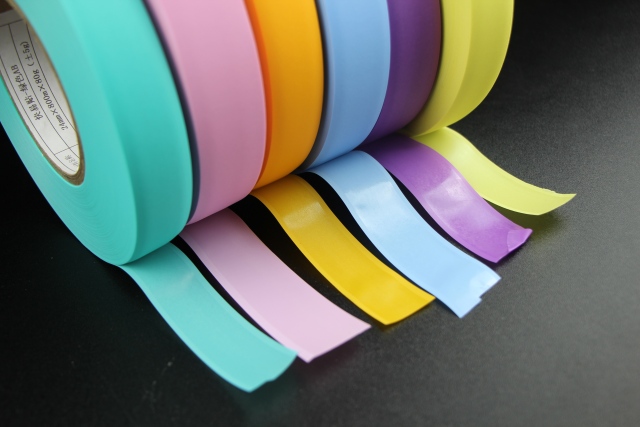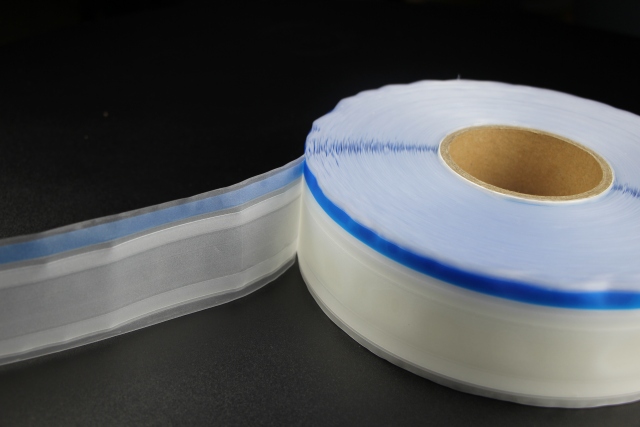Author:Hengdaxin Diaper Material SupplierFROM:Diaper Materials Manufacturer TIME:2024-07-25
Development History of PP Frontal Tape
PP frontal tape, a crucial component in diaper manufacturing, has undergone significant development since its inception. This article explores its evolution, technological advancements, and market impact.
The history of PP frontal tape traces back to the late 20th century when the diaper industry began seeking alternatives to traditional fastening methods. Early versions were basic, featuring simple adhesives on polypropylene substrates. These tapes were limited in functionality but marked the beginning of a transformative journey in diaper design.

As demand for more reliable and user-friendly diapers grew, so did the need for advanced materials. Manufacturers started experimenting with different formulations of polypropylene, enhancing durability, elasticity, and adhesive properties. This phase saw the introduction of elastic frontal tapes, capable of stretching and conforming to the baby's movements.
The 21st century ushered in a wave of technological innovations in PP frontal tape production. Automated manufacturing processes enabled precise control over tape dimensions and adhesive application. Laser technology began replacing traditional cutting methods, improving tape edge quality and reducing production waste.
With growing environmental awareness, the diaper industry faced pressure to develop eco-friendly alternatives. Biodegradable PP frontal tapes emerged as a sustainable solution, utilizing materials derived from renewable sources or designed to degrade naturally without harming the environment.
Global diaper consumption trends influenced the evolution of PP frontal tapes. Increased demand from emerging markets necessitated tapes that could withstand diverse climates and storage conditions. Manufacturers responded by enhancing tape resilience and adhesive strength to ensure performance consistency worldwide.
Customization became a key differentiator as brands sought to establish unique identities in a competitive market. PP frontal tapes evolved to offer a range of colors, patterns, and printed designs, allowing manufacturers to align with consumer preferences and strengthen brand loyalty.

Stringent regulations regarding product safety and chemical composition prompted advancements in PP frontal tape manufacturing. Compliance with international standards became non-negotiable, leading to investments in research and development to meet or exceed regulatory requirements.
The future of PP frontal tapes looks promising with ongoing research into biodegradable materials, enhanced adhesive technologies, and smart integration possibilities. Innovations in digital printing may revolutionize tape design, offering personalized experiences for consumers. As consumer expectations evolve, PP frontal tapes will continue to play a pivotal role in shaping the next generation of diapers.

In conclusion, the development history of PP frontal tape reflects an ultimate evolution driven by innovation, market demand, and environmental consciousness. From humble beginnings to sophisticated applications, these tapes have redefined diaper functionality and user experience worldwide.